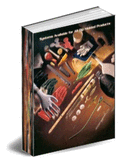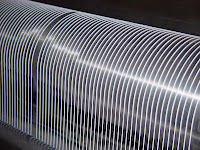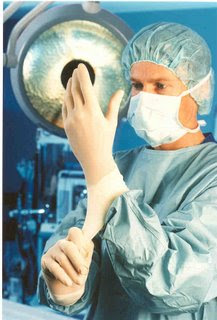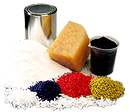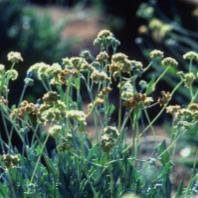Consumer: I've been diagnosed to be suffering from latex allergic problems through years' of using latex gloves and have had quite a bad experience in some restaurants where latex gloves were used in handling food. I was therefore very pleased that a few states in the USA have banned the use of latex gloves in restaurants. What is your comment?

JohnWoon: First of all, my sympathy is with you for having unfortunately developed the latex allergy problem. We should however understand the reasons why the use of gloves in the food industry was first initiated in the first place.
I understand that thousands of deaths have been repeatedly reported in the United States every year due to food-borne infections. To control this problem, The FDA had introduced the Food Code that provided guidelines to retail outlets such as restaurants and grocery stores on how to prevent food borne illness and the use of gloves is one of them. For barrier property, one generally has the choice of either gloves made from the superior natural rubber latex or the inferior PVC or polyethylene.
Yes, we know that a few states in the USA have banned the use of latex gloves in restaurants but to the best of my knowledge, this decision was made despite the FDA’s advice that there was no scientific and medical verification that the reported cases of allergy episodes in restaurants were directly linked to the natural rubber latex gloves used. FDA also cited the possibility of the sensitized persons having consumed foods in the restaurants that cross reacted to latex protein. Such foods include kiwi, bananas, potatoes, tomatoes, sweet pepper, chestnuts, spinach, buckwheat, stone fruits, etc.
My advice to you is that you should now be aware of the danger of the restaurants’ switching to the use of PVC and Polythene gloves which have been proven to have a very much inferior barrier property compared to latex gloves. Further more, the plasticizers used in PVC gloves which could leach out easily from gloves have been reported to be toxic to the liver, kidney, heart, and reproductive system.
I would like to stress that latex gloves made today especially those with the SMG (Standard Malaysian Gloves) certification have a protein and powder content at levels so low that the gloves would no longer induce easily further sensitization to those donning latex gloves.
If you were to go back to and use the same restaurants (who are now no longer using latex gloves) where you've experienced the allergy reaction earlier, chances are that you might still have the same allergy reaction!
You are at the site for answers and solutions to all your problems in natural rubber latex processing and manufacturing of industrial, household and medical gloves, condoms, catheters, baby teats and baby pacifiers, toy balloons, latex foam products, latex threads etc.


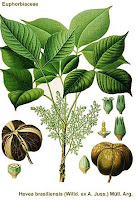

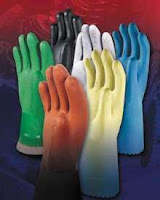




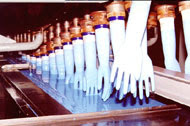






















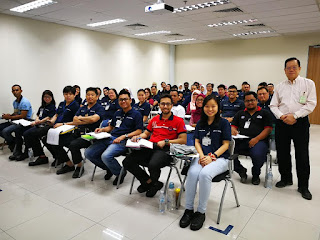

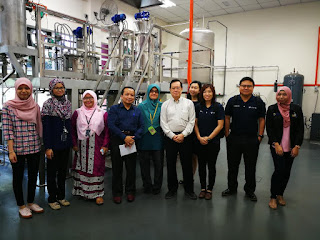







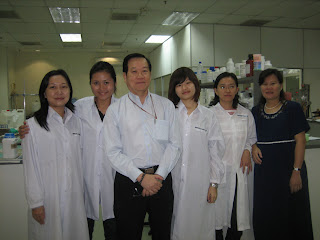
.jpg)
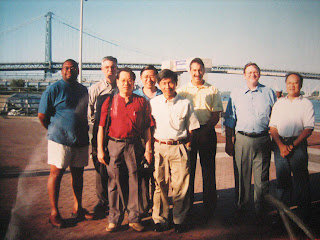.jpg)


.jpg)
.jpg)
.jpg)
.jpg)
.jpg)
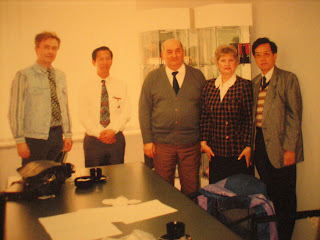.jpg)
.jpg)
.jpg)
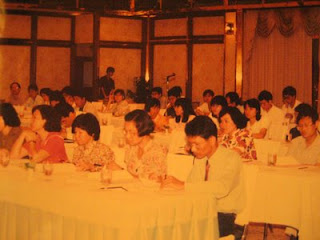.jpg)
.jpg)
.jpg)
.jpg)
.jpg)
.jpg)
.jpg)
.jpg)
.jpg)
.jpg)




